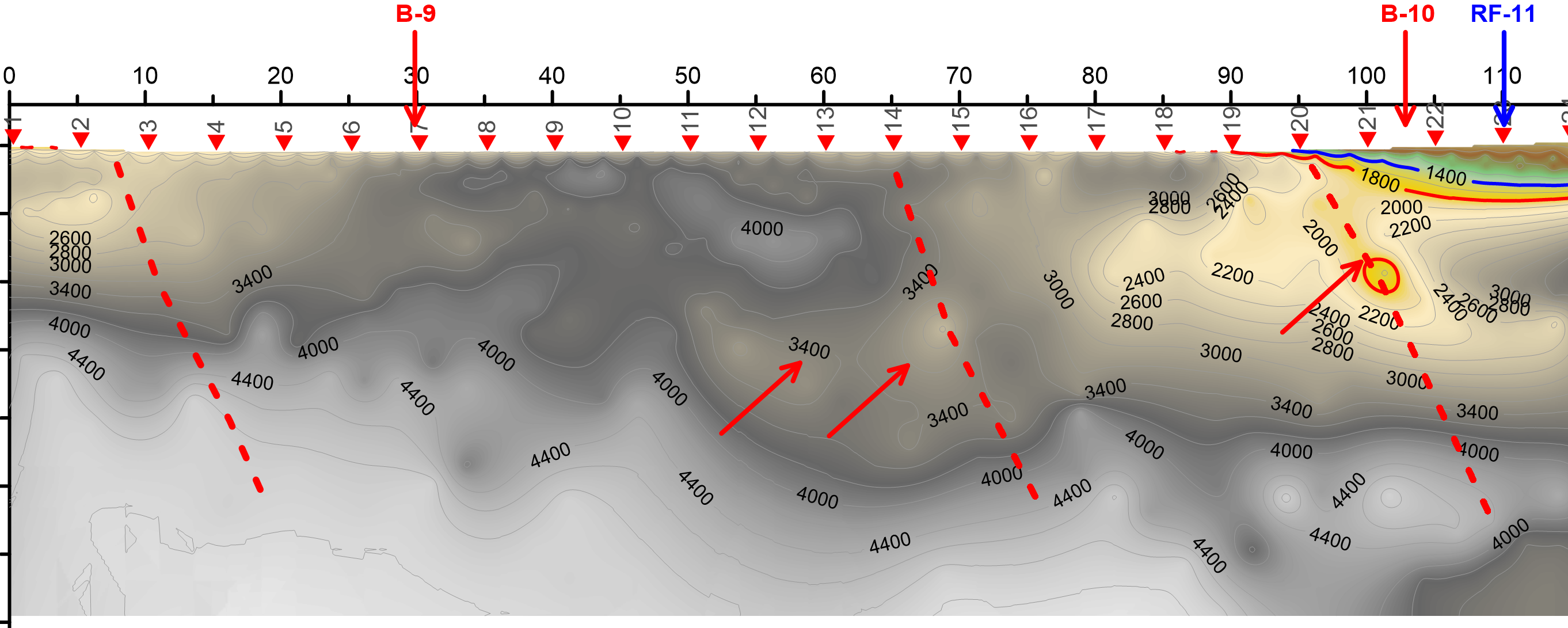All Categories
Featured
Table of Contents
Geophysical Surveys in Waterford Aus 2023
Much of the image consists of blank locations now with little or no radar action. The "courtyard" wall is still revealing strongly, however, and there are continuing tips of a tough surface in the SE corner. Time piece from 23 to 25ns. This last slice is now almost all blank, but a few of the walls are still showing strongly.
How deep are these pieces? Sadly, the software application I have access to makes approximating the depth a little tricky. If, nevertheless, the leading three pieces represent the ploughsoil, which is probably about 30cm think, I would think that each piece is about 10cm and we are only getting down about 80cm in total.

Luckily for us, the majority of the websites we are interested in lie just listed below the plough zone, so it'll do! How does this compare to the other methods? Contrast of the Earth Resistance information (top left), the magnetometry (bottom left), the 1517ns time slice (top right) and the 1921ns time slice (bottom left).
Geophysical Methods in Yangebup Australia 2020
Magnetometry, as discussed above, is a passive method measuring local variations in magnetism versus a localised absolutely no worth. Magnetic susceptibility survey is an active technique: it is a procedure of how magnetic a sample of sediment could be in the presence of an electromagnetic field. How much soil is tested depends upon the diameter of the test coil: it can be really little or it can be reasonably big.
The sensing unit in this case is very small and samples a small sample of soil. The Bartington magnetic vulnerability meter with a big "field coil" in usage at Verulamium during the course in 2013. Top soil will be magnetically boosted compared to subsoils simply due to natural oxidation and decrease.
By measuring magnetic vulnerability at a fairly coarse scale, we can spot locations of human occupation and middens. We do not have access to a trustworthy mag sus meter, however Jarrod Burks (who assisted teach at the course in 2013) has some excellent examples. One of which is the Wildcat site in Ohio.
Geophysical Surveying in Mount Nasura Western Australia 2022
These towns are typically set out around a main open location or plaza, such as this reconstructed example at Sunwatch, Dayton, Ohio. Sunwatch Village, Dayton, Ohio (picture: Jarrod Burks). At the Wildcat website, the magnetometer study had located a range of features and houses. The magnetic vulnerability study helped, nevertheless, specify the main location of profession and midden which surrounded the more open location.
Jarrod Burks' magnetic vulnerability study arises from the Wildcat website, Ohio. Red is high, blue is low. The method is for that reason of great usage in defining locations of general profession instead of identifying particular features.
Geophysical surveying is an applied branch of geophysics, which uses seismic, gravitational, magnetic, electrical and electromagnetic physical methodologies at the Earth's surface area to determine the physical properties of the subsurface - Geophysical Survey Services in Melville Australia 2022. Geophysical surveying methods normally measure these geophysical properties along with abnormalities in order to evaluate different subsurface conditions such as the existence of groundwater, bedrock, minerals, oil and gas, geothermal resources, voids and cavities, and far more.
Table of Contents
Latest Posts
Geophysical Survey - Mining Fundamentals in Mahogany Creek Aus 2023
How To Become A Geophysicist in South Fremantle Oz 2022
Field Geophysicist - Parsons Careers – Engineered Systems in Ballajura Aus 2021
More
Latest Posts
Geophysical Survey - Mining Fundamentals in Mahogany Creek Aus 2023
How To Become A Geophysicist in South Fremantle Oz 2022
Field Geophysicist - Parsons Careers – Engineered Systems in Ballajura Aus 2021